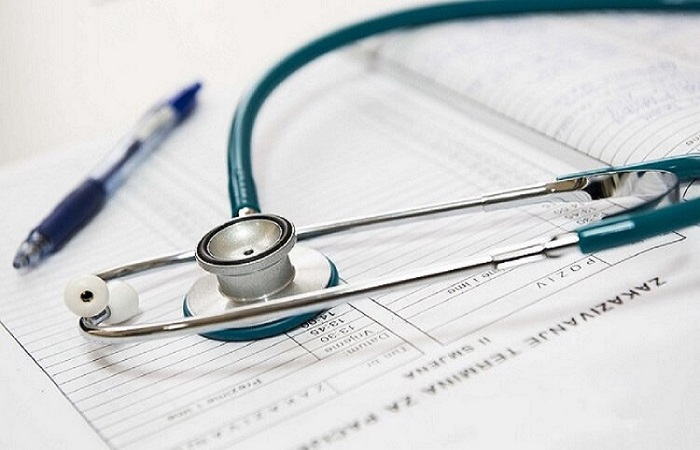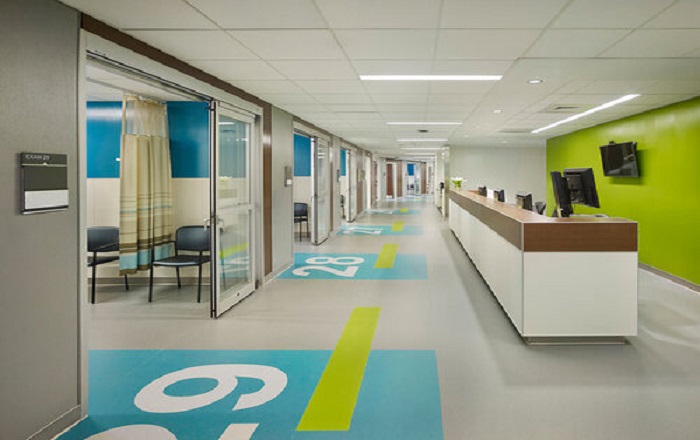Healthcare providers are looking for ways to invest wisely in hospital equipment that has a positive impact on patient care. The process of buying medical equipment involves careful consideration of factors such as quality, functionality, cost-effectiveness, and regulatory compliance. Now more than ever it is important to make smart decisions during initial planning to save time, money and human resources in the long term, here are six (6) points to consider when purchasing hospital equipment is involved:
- Necessity: In economics, we learn about the differences between wants and needs. While some medical equipment would be nice to have, some others are must-haves. First, consider your patient population and their needs, the services you provide most frequently and clinical areas where the equipment will be used. Evaluating the necessity of the equipment is needed to ensure you don’t spend money buying equipment that will end up being redundant. For some equipment, it is better to consider other methods like renting, or equipment as a service than outright purchase.
- Maintenance: Medical equipment will require maintenance. More than just upfront cost, you have to factor in maintenance cost as it contributes to the lifetime cost of the equipment. Review the service contracts available for each manufacturer, what are the costs and the terms of contract. Ensure that the manufacturer offers after sales support for the equipment. Another option is to have technicians trained for the repair and maintenance of the equipment. You have to consider how much that would cost as well. It is also important to know if the equipment will require peripherals and how much they would cost as these all factor into the maintenance cost of the equipment.
- Ease of use and integration: To get more value out of a hospital equipment, it has to have enough use. The easier an equipment is to use, the more use it will get. Thus, the use value increases. Before purchasing medical equipment, check if your staff is able to use it, or if it’s easy for them to learn to use it quickly. If it is possible, request a product test drive. Another important thing to check is if the equipment is compatible with existing equipment infrastructure and can be easily integrated with existing equipment.
- Evaluate quality and regulatory compliance: Ensure that the equipment in question is made from quality materials and is durable. Be sure that they meet the necessary quality standards and comply with relevant regulations and certifications. It is important to not compromise on quality as it saves cost in the long run. A lower quality equipment may come cheaper but will not serve as well as a high quality one.
- Check reviews:seek advice from other professionals in the industry before making equipment purchase decisions. Preferably ones who have used the exact equipment you’re seeking to buy. See what other users are saying about :
- The durability of the equipment
- Responsiveness of manufacturer’s customer service.
- Ease of use of the equipment.
Ensure that the equipment has been reviewed and endorsed by credible resources. You can find this information in industry publications and even among professional networks.
- Partner with a Third Party: There are many things to consider when planning capital goods purchases that can seem overwhelming, it is beneficial to consider partnering with a neutral third party vendor to help examine the total cost of ownership of medical equipment, as well as help ensure you have the right-wing parties represented at the decision-making table.
All these factors should be given considerable thought when purchasing medical equipment. Purchasing medical equipment is an essential aspect of providing access to the best available care, diagnosis, and treatment to patients. Sariva Healthcare offers equipment sourcing solutions, as well as after-sales services and consultations. Book a consultation with us here.


